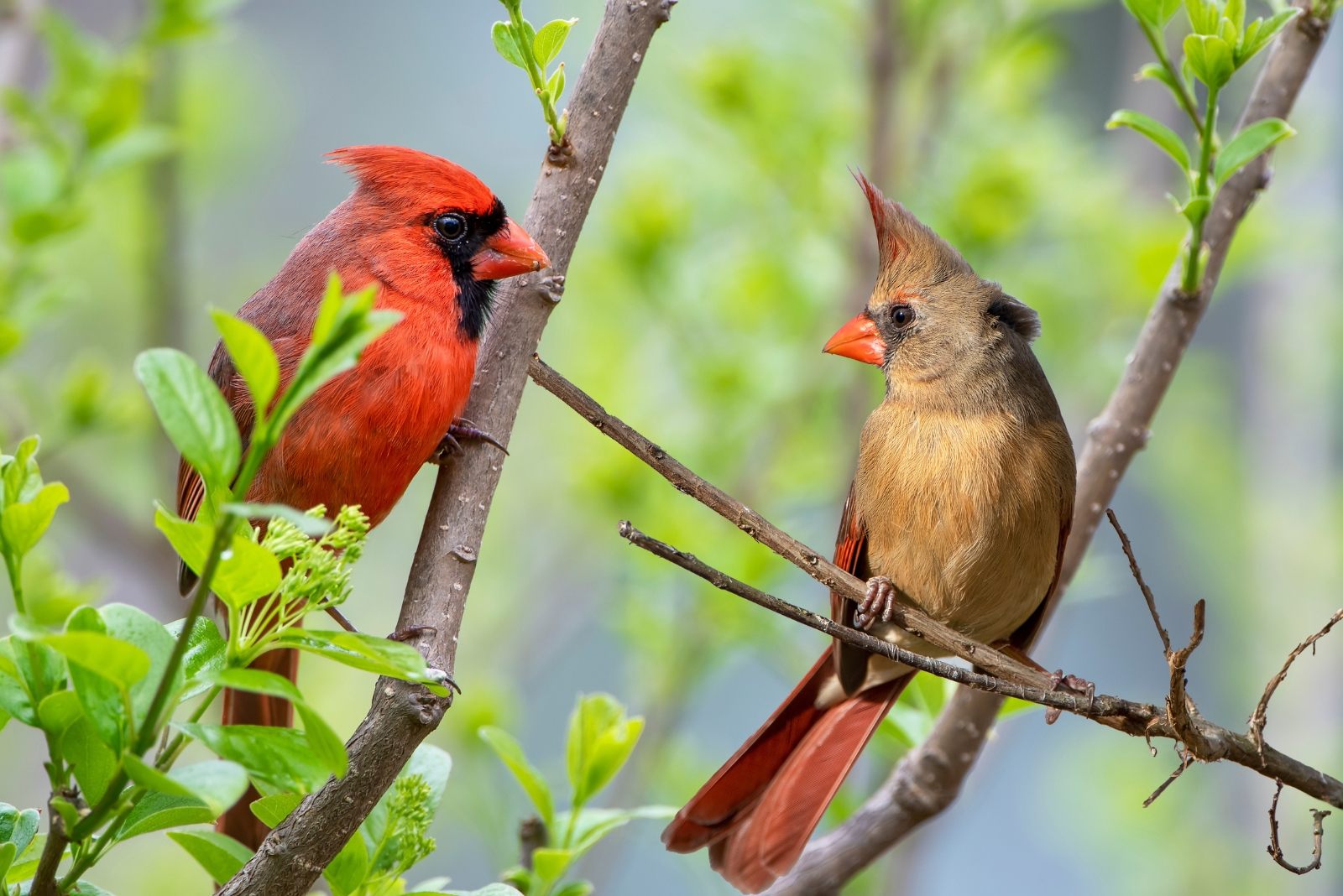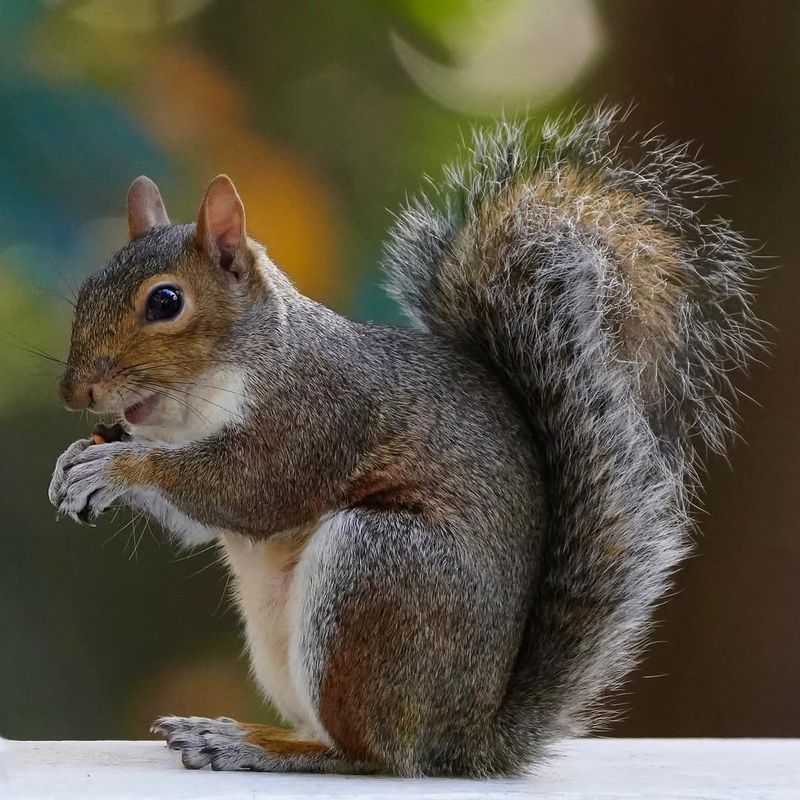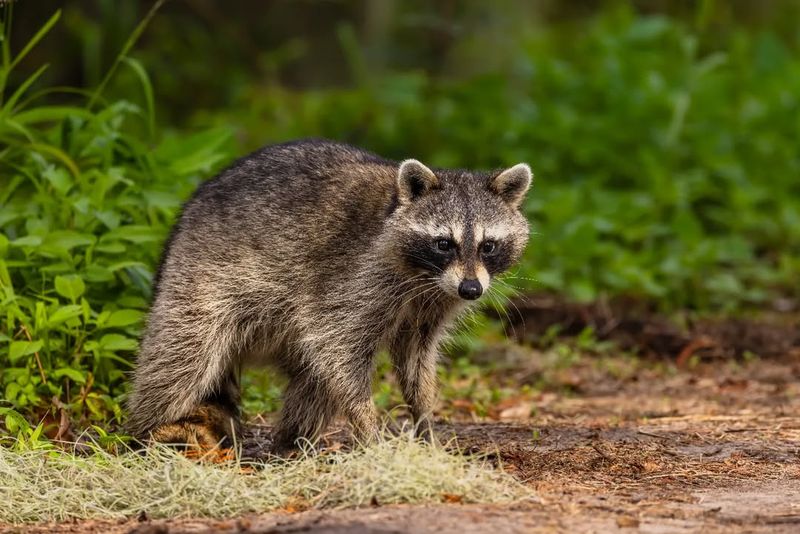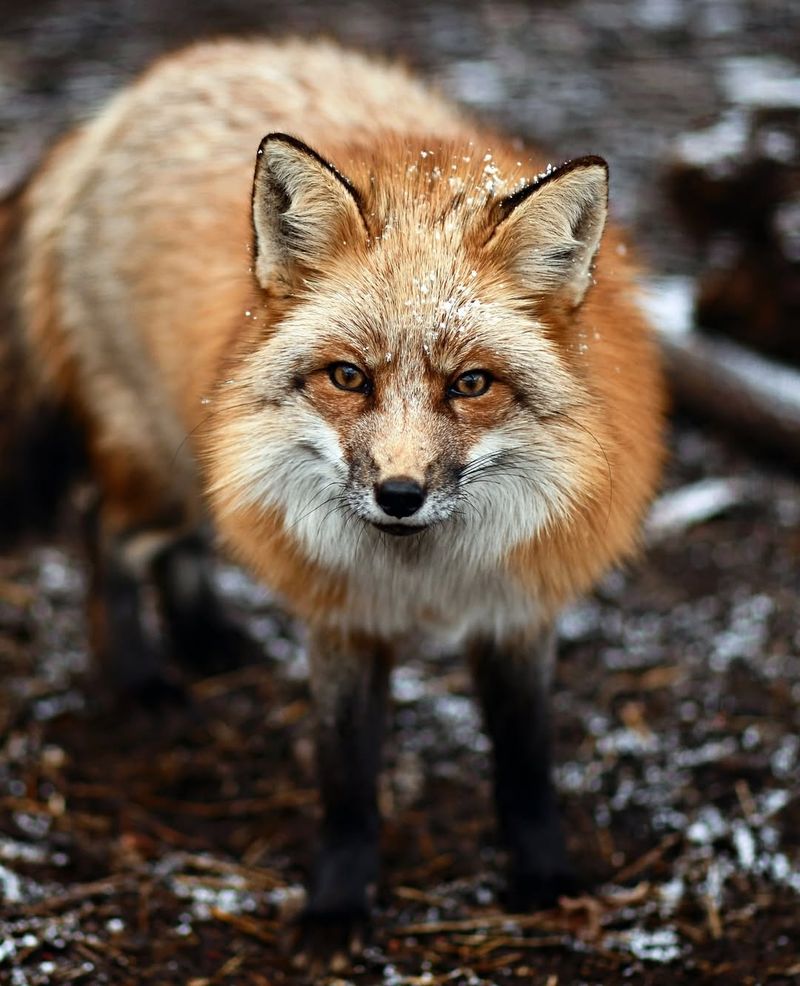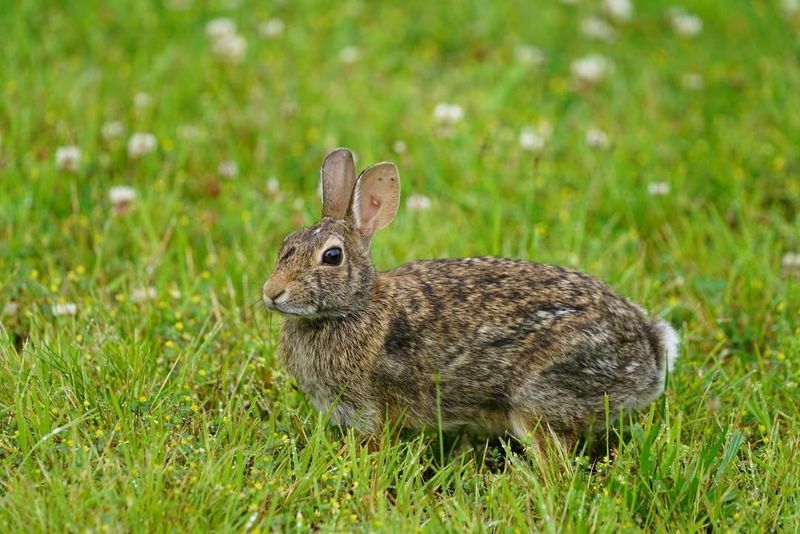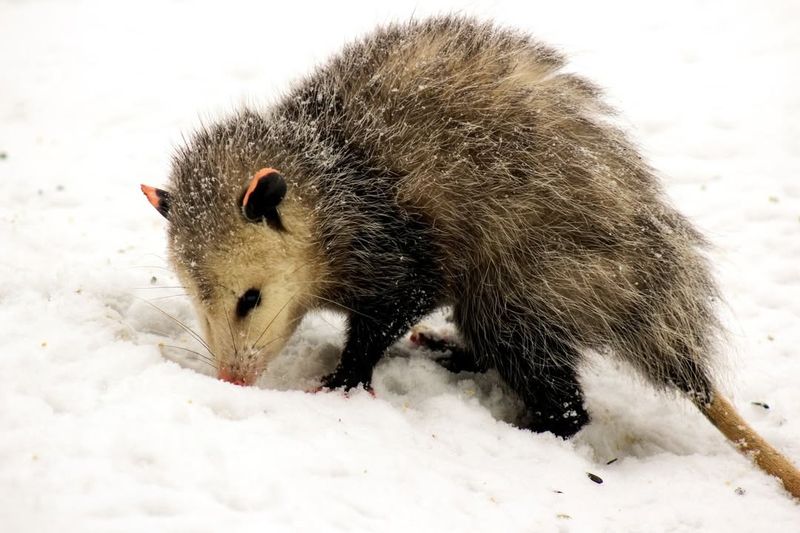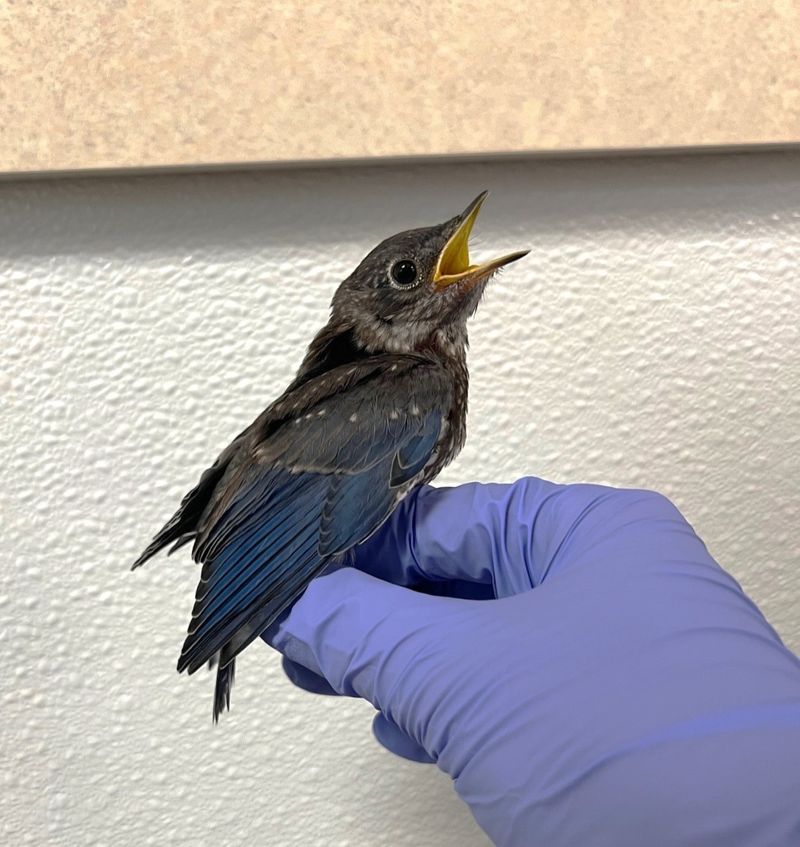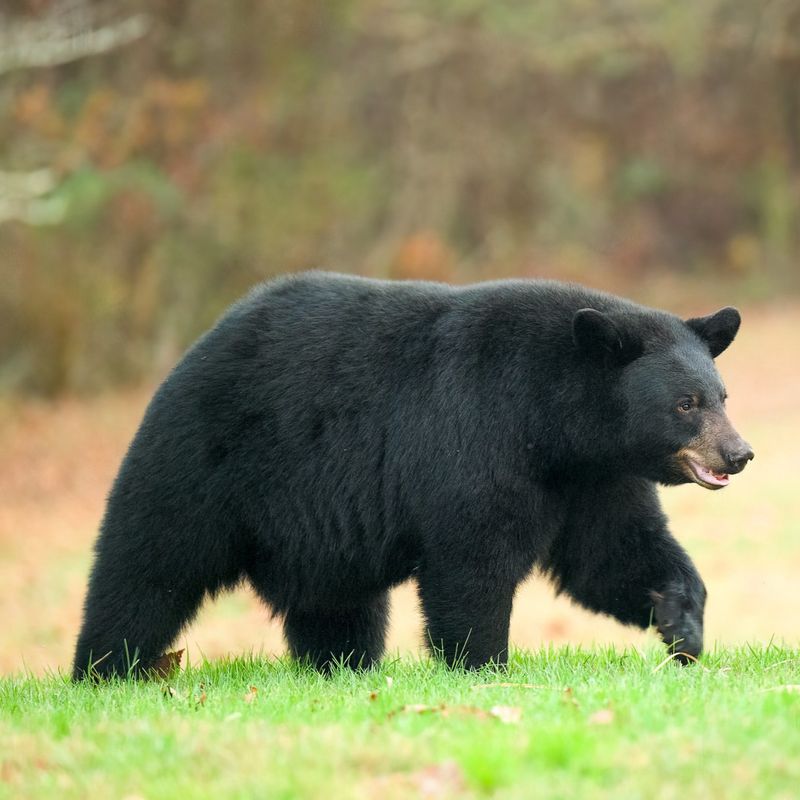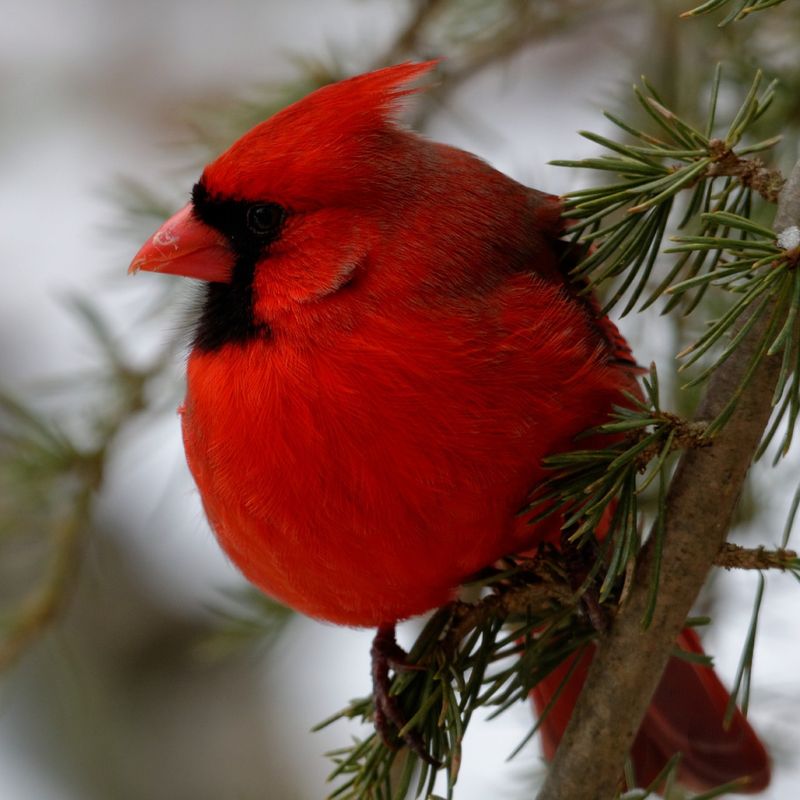Maryland backyards are full of unexpected wildlife if you keep your eyes open. I’ve spotted raccoons, foxes, and even the occasional porcupine in my neighborhood.
Knowing what animals are common helps you enjoy them safely. Your backyard adventures might be more exciting than you imagined.
1. White-Tailed Deer
Graceful and surprisingly bold, white-tailed deer wander through Maryland yards more often than you’d think. Early morning or late evening are prime times to spot these beautiful animals munching on plants, flowers, or fallen acorns.
Maryland homeowners know them well, especially if you’ve ever found your garden mysteriously nibbled overnight. Deer travel in small groups called herds and can leap fences up to eight feet high.
If you want to protect your plants, consider installing tall fencing or using deer-resistant varieties that these hungry visitors tend to avoid naturally.
2. Eastern Gray Squirrel
Bushy-tailed acrobats, eastern gray squirrels are practically Maryland backyard celebrities. Watch them race across power lines, leap between tree branches, and bury nuts with the dedication of a professional gardener.
These clever critters have excellent memories and can remember where they stashed hundreds of food items. Maryland yards with oak or hickory trees become squirrel paradise during fall when nuts drop everywhere.
They’re entertaining to watch but can become pests if they invade attics or bird feeders, so keep vents covered and use squirrel-proof feeders when necessary.
3. Raccoon
With their bandit masks and nimble paws, raccoons look like nature’s little burglars sneaking around Maryland backyards after dark. Incredibly intelligent, they can open latches, unscrew jars, and remember solutions to problems for years.
Maryland residents often discover raccoons rummaging through trash cans or splashing in outdoor water features at night. They’re omnivores who’ll eat just about anything from insects to leftover pizza.
Secure your garbage bins with tight lids and bring pet food indoors before sunset to avoid attracting these masked midnight visitors to your property.
4. Red Fox
Sleek and stunning with their flame-colored coats, red foxes occasionally trot through Maryland neighborhoods hunting for mice, rabbits, or insects. Their bushy tails, called brushes, help them balance and stay warm during cold nights.
Maryland homeowners might hear their eerie screaming calls during mating season in winter, which sounds surprisingly human-like. Foxes are generally shy around people and prefer hunting during dawn or dusk hours.
If you spot one, consider yourself lucky and watch from a distance, as these beautiful predators help control rodent populations naturally around your property.
5. Eastern Cottontail Rabbit
Adorable and surprisingly common, eastern cottontail rabbits hop through Maryland yards searching for tender grass, clover, and vegetable plants. Their cotton-ball tails flash white when they bound away from perceived danger.
Maryland gardeners have a love-hate relationship with these fluffy herbivores who can demolish lettuce patches overnight. Cottontails prefer areas with brush piles or thick vegetation where they can hide from hawks and foxes.
Creating a small wild corner in your yard gives them shelter while protecting your prized vegetables with chicken wire fencing around garden beds works wonderfully.
6. Virginia Opossum
North America’s only marsupial, the Virginia opossum, waddles through Maryland backyards looking oddly prehistoric with its pink nose and hairless tail. Despite their somewhat scary appearance, opossums are harmless and incredibly beneficial for homeowners.
These nocturnal creatures devour thousands of ticks each season, helping reduce Lyme disease risks throughout Maryland neighborhoods. They also eat cockroaches, rats, and dead animals, acting like nature’s cleanup crew.
If you encounter one playing dead (it’s an involuntary response), just leave it alone and it’ll shuffle away once it feels safe again.
7. Eastern Bluebird
Splashed with sky-blue feathers and rusty orange breasts, eastern bluebirds bring cheerful color to Maryland backyards year-round. Males sport the brightest colors, especially during spring when they’re trying to impress potential mates.
Maryland homeowners can attract these gorgeous songbirds by installing nest boxes with specific entrance hole sizes that exclude larger, aggressive species. Bluebirds feast on insects during warm months and switch to berries when temperatures drop.
Keep your lawn pesticide-free so they have plenty of beetles and caterpillars to feed their hungry chicks throughout the nesting season each spring.
8. American Black Bear
Massive yet surprisingly quiet, American black bears occasionally wander into Maryland backyards, especially in western mountain counties near Garrett and Allegany. Despite their name, Maryland bears can be brown, cinnamon, or even blonde colored.
These powerful omnivores have incredible noses and can smell food from miles away, making unsecured garbage or bird feeders irresistible attractions. Most Maryland bear encounters happen when homeowners accidentally provide easy meals.
Store trash in bear-proof containers, take down feeders during warm months, and never approach or feed bears if you spot one exploring your property.
9. Northern Cardinal
Brilliant as a Valentine, male northern cardinals flash crimson feathers that practically glow against Maryland’s green summer foliage. Females wear more subtle tan colors with reddish accents, but both sexes sport that distinctive pointy crest.
Maryland designated the northern cardinal as its state bird, and residents see them year-round since cardinals don’t migrate south for winter. Their cheerful whistling songs brighten even the coldest January mornings.
Attract these stunning birds with sunflower seeds in tube feeders, and you’ll enjoy their beauty and melodic calls throughout every season in your backyard sanctuary.
10. Eastern Chipmunk
Striped like tiny tigers, eastern chipmunks scurry around Maryland yards with their cheeks comically stuffed with seeds and nuts. These energetic little rodents can carry food equal to their entire body weight in their expandable cheek pouches.
Maryland homeowners hear their distinctive chip-chip-chip alarm calls when predators approach their underground burrow homes. Chipmunks hibernate during winter but wake periodically to snack on their stored food supplies.
They’re generally harmless and entertaining to watch, though they might dig small holes in lawns or flower beds while burying their carefully collected food treasures.

